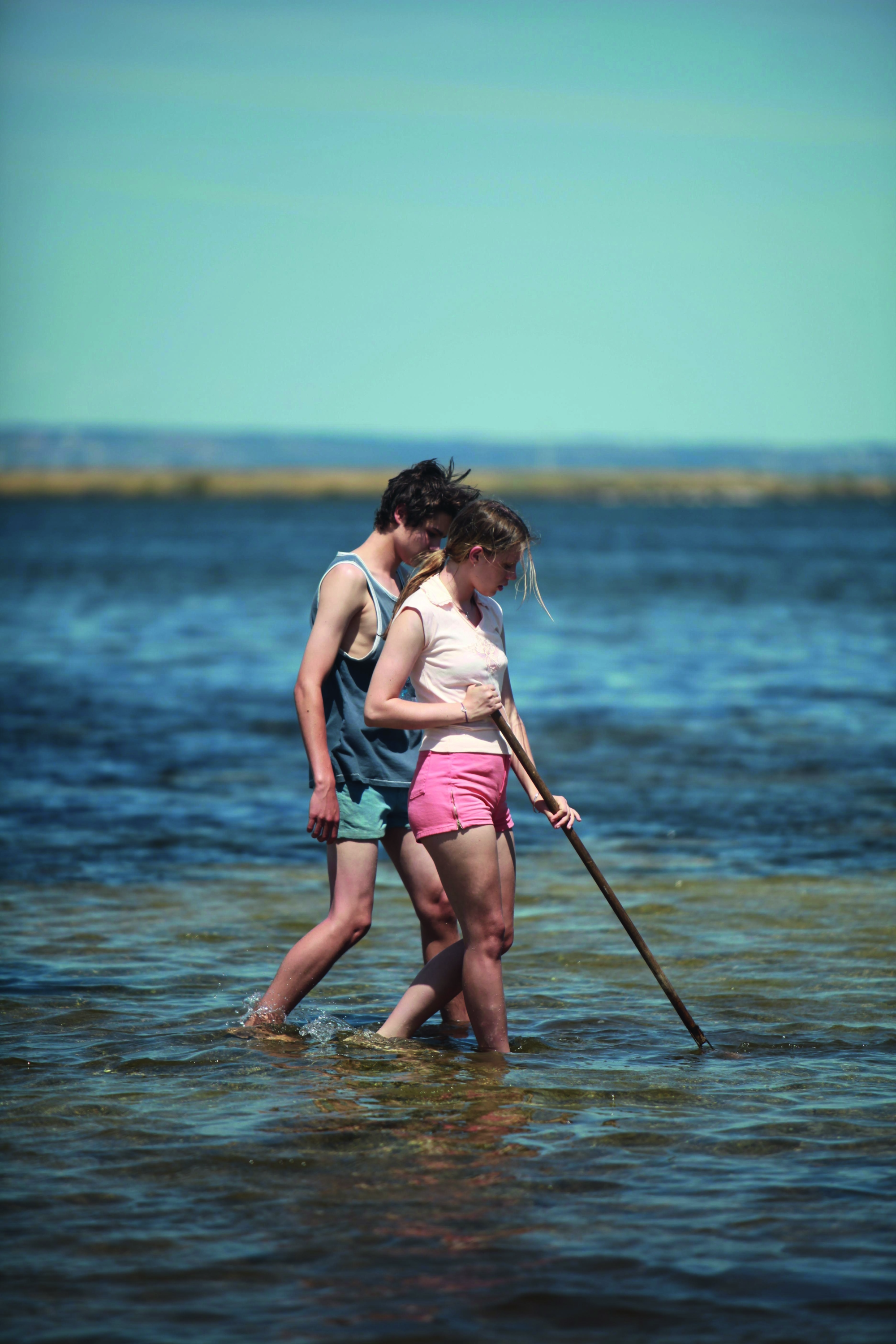When Tim Winton’s The Turning was published in 2004, it fast became Australia’s best-selling collection of short stories. Adapting it into a feature film presented two major challenges: there was a fan-based army of expectation waiting gingerly in the wings, and, despite some recurring characters and thematic consistency, it was still a collection of short stories. Winton himself thought it an ambitious, if somewhat crazy, idea:
So when Rob Connolly asked about making a film as a response to this book, pitching it as 17 films, each with its own director, writer and cast, it seemed churlish to stand in his way. Because the idea was so daft it might actually work. Anyone mad enough to try it deserved a crack.[1]Tim Winton, ‘From Tim Winton’, The Turning: A Unique Cinema Event, p. 6.
Mad or not, Robert Connolly is definitely ambitious. The impressive three-hour film Tim Winton’s The Turning (2013) is the second instalment of Connolly’s CinemaPlus project, following the cinematic release of the telemovie Underground: The Julian Assange Story (2012) several months after it screened on Channel Ten.[2]After two successful event films, Connolly has already embarked on his next project. CinemaPlus and Pick Up Truck Pictures (the production company of his long-time friend Eric Bana) have teamed up to co-distribute the Focus Features – Working Title Productions suspense thriller Closed Circuit (John Crowley, 2013) in Australia. The film was released nationally in December 2013. When Connolly launched CinemaPlus, his hope was for an expanded cinematic experience:
We want to be able to provide a different experience for cinema goers, to support the film with talks, Q&As and take-home content. To not only give people a film to watch, but a context.[3]Robert Connolly, quoted in ‘Julian Assange Film Underground in Cinemas’, media release, Asha Holmes Publicity, 2 February 2013, p. 1.
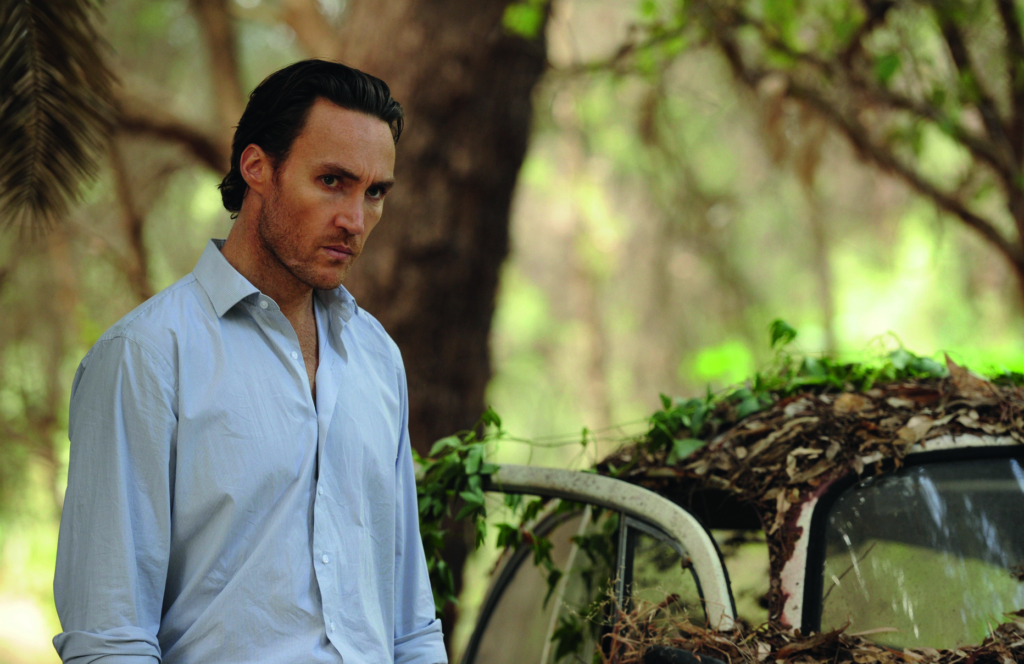
True to his word, Connolly has arranged for every screening of The Turning to be accompanied either by an introduction or by an audience Q&A with at least some of the film’s many directors, producers and stars. Due to the sheer scale of talent involved in this project, and with a national release across sixteen screens, Connolly decided to lessen the load by co-distributing with Madman Entertainment. The collaboration has proved fruitful. In its opening weekend, the film took out A$215,552 – an impressive total for an Australian title on a limited release.[4]‘Packed Cinemas for Opening Weekend of Tim Winton’s The Turning’, media release, Madman Entertainment, 30 September 2013. By its fifth week, it had passed the A$1 million mark.[5]‘The Turning Passes the $1M Mark at the Australian Box Office’, media release, Madman Entertainment, 28 October 2013. Of course, the figures are bolstered by something in the vicinity of A$50,000 in comparison to other new limited-release titles, owing to the higher admission price charged.[6]Calculated using the following ticket prices: A$25 for adults and A$23 for concession-holders, as at Melbourne’s Cinema Nova and Palace Cinemas chain. Note that the estimated difference is also based on relative ticket prices from these cinemas and does not take into account IMAX, Vmax, Xtremescreen or 3D add-on pricing structures. Even so, the higher pricing structure only serves as further evidence of the film’s (and, thus, Connolly’s) success. Not only are audiences turning out in impressive numbers to see an Australian film, but they are also willing to pay more to see it.
Not without incentive, however. While most distributors are pouring millions of dollars into digital rights management and copyright-infringement notices in the hopes of deterring illegal downloads, Connolly has found a way to give his audience both a broader understanding of the film (through the introductions and Q&As) as well as a physical object that serves as a tangible reminder of money well spent. This means that – providing Connolly’s team didn’t underestimate their print run – every single audience member who has gone to see the film will have received a printed program.
Perhaps most impressive, though, is Connolly’s personal commitment to promoting what is arguably a labour of love. Though it was impossible for Connolly to physically be in more than one place at a time, he was always present at a screening and as such is doing what almost no other distributor in this country is doing: he himself is experiencing the audience’s reaction and engaging with the response:
It is incredibly uplifting to see people turn out in such strong numbers. The unique way we’ve taken the film to cinemas has enabled us to experience first-hand the incredible responses people have had to the work of all these fantastically talented Australian filmmakers and actors. It is a testament to the notion that audiences are craving a different and special experience at the cinema.[7]Connolly, quoted in ‘Packed Cinemas for Opening Weekend of Tim Winton’s The Turning’, op. cit.
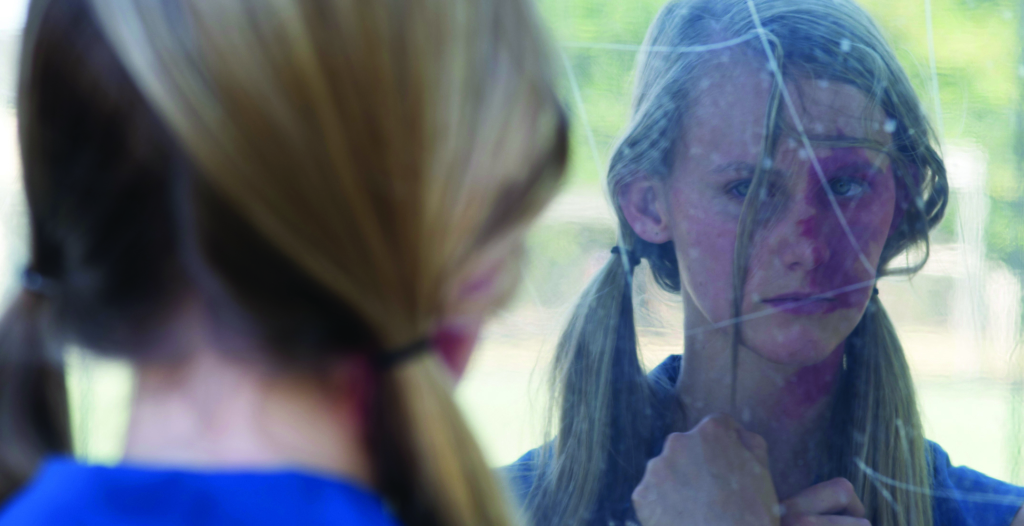
Special is subjective, but if there is one thing that can categorically be said of The Turning, it’s that it is most definitely different. Presumably owing to its single-author source material and the use of some recurring characters (though not actors), The Turning has, for the most part, been considered and discussed as a whole. While there is an easily understood logic to calling the sections in the book ‘chapters’, the notion becomes problematic when applied to the film(s). Discussing it as a whole is tricky because The Turning is a collection of short films and, like any shorts program, there are highlights and lowlights. Even reviewing the finished product is a challenge – The Turning is at once a collection of short stories, a novel, a selection of short films, a feature-length film and an exercise in ‘madness’. There is some tonal consistency throughout, owing to the original writing, but even within that there are clear departures, as Connolly invited film directors, theatre makers, animators, actors, choreographers and artists to interpret individual chapters. The result is as varied as the imagination.
The fractured identity that so many diverse talents bring to the screen culminates in a far more palatable and more plausible depiction of Australianness.
Still, within its fragmentation lies something beautiful, something haughty that even the text itself couldn’t create. The fractured identity that so many diverse talents bring to the screen culminates in a far more palatable and more plausible depiction of Australianness. With the inclusion of some Indigenous actors, The Turning becomes less a terrifying white-trash vision of an Australian coastal town and more a likely series of snapshots of different people’s lives. Beginning with abstraction, leading to moments, encounters and complex relationships, each in turn, the fluid leaps between stories traces over memory hoping to make sense of individuals’ lives and perhaps bring peace to troubled souls.
Before we meet Winton’s characters and enter their adapted worlds, we hear the words of TS Eliot, spoken over sand animation. The poem is ‘Ash Wednesday’and the words ‘Because I do not hope to turn again’ are repeated to ensure they linger, sowing the seed of doubt that significant change is a one-time event. It is a sort of warning – to brace oneself for the disparate and often desperate depictions of lives ‘turned’ that are to follow.
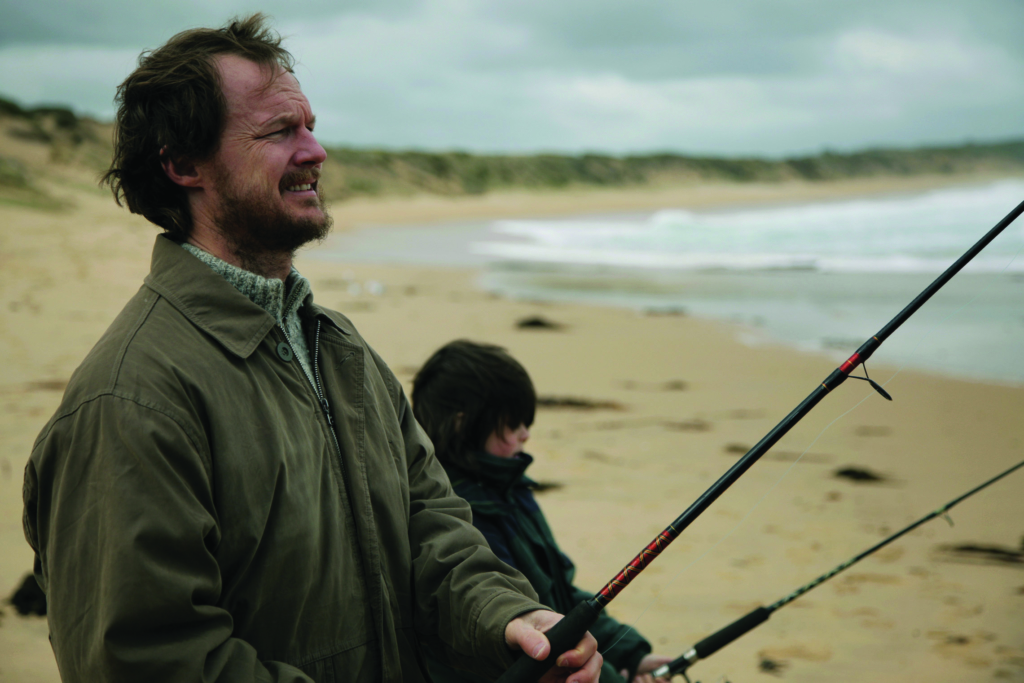
It is fitting that the first chapter, ‘Big World’ (Warwick Thornton), is one of little consequence. The characters do not turn up again in any other chapter and so we start with a glimpse of aimless adolescence. The story is unimportant but it acts as a cinematic harbinger, warning the viewer against the perils of judging others. There is a lot of misguided and even depraved male pity depicted in The Turning. A lot of it is told through coming-of-age narratives, many of them re-treading the same steps, perhaps in the hope of coming up with different results – although the results are always the same. The teenage boy (Dougie Baldwin) who pervs with perverse pity on Strawberry Alison (Taylor Ferguson), the girl with burns on half her face, in ‘Damaged Goods’ (Anthony Lucas) is just like the teenage boy (Toby Wallace) in ‘Cockleshell’ (Tony Ayres), who sees the literal girl-next-door (Brenna Harding) as a broody martyr entrenched in poverty. Both mistake their pity for love and both discover their so-called feelings through acts of voyeurism. In unrelated chapter ‘Small Mercies’ (Rhys Graham), we witness a depressed man (Oscar Redding) reject his former lover (Mirrah Foulkes) without giving her any explanation, unable to reconcile with the misguided hormones that raged in their youth.
These connections between chapters give viewers a sense of cohesion despite the fragmentation, and act as a persistent heartbeat in what might otherwise feel like an arduous journey of extensive suffering in a small West Australian coastal town.
Reflection and regret are also key in drawing links between chapters. Just as Connolly’s own realisation, ‘Aquifer’, shows a man (Callan Mulvey) revisiting memories long cocooned in his mundane adult quagmire, so too does ‘Reunion’ (Simon Stone) let recurring character Carol Lang (Robyn Nevin) reflect openly on her failed marriage after too many years spent with an alcoholic husband. In ‘Family’ (Shaun Gladwell), brothers Max (Wayne Blair) and Frank (Meyne Wyatt) find themselves looking back at their rivalry and the beginnings of their strained relationship (which we see in the earlier chapter ‘Sand’ by Stephen Page). Each of these chapters has its characters suspended on or at the precipice of a mass of water: the nameless man from ‘Aquifer’ stands at the swamp’s edge, frozen with regret; Max and Frank, unable to reach a common ground, fight and fall prey to the endless, raging sea beneath their surfboards; and Carol slips into a stranger’s swimming pool, the endearing error lightening the mood and allowing her daughter-in-law, Gail (Cate Blanchett), to herself let so much bottled anxiety diffuse into the water.
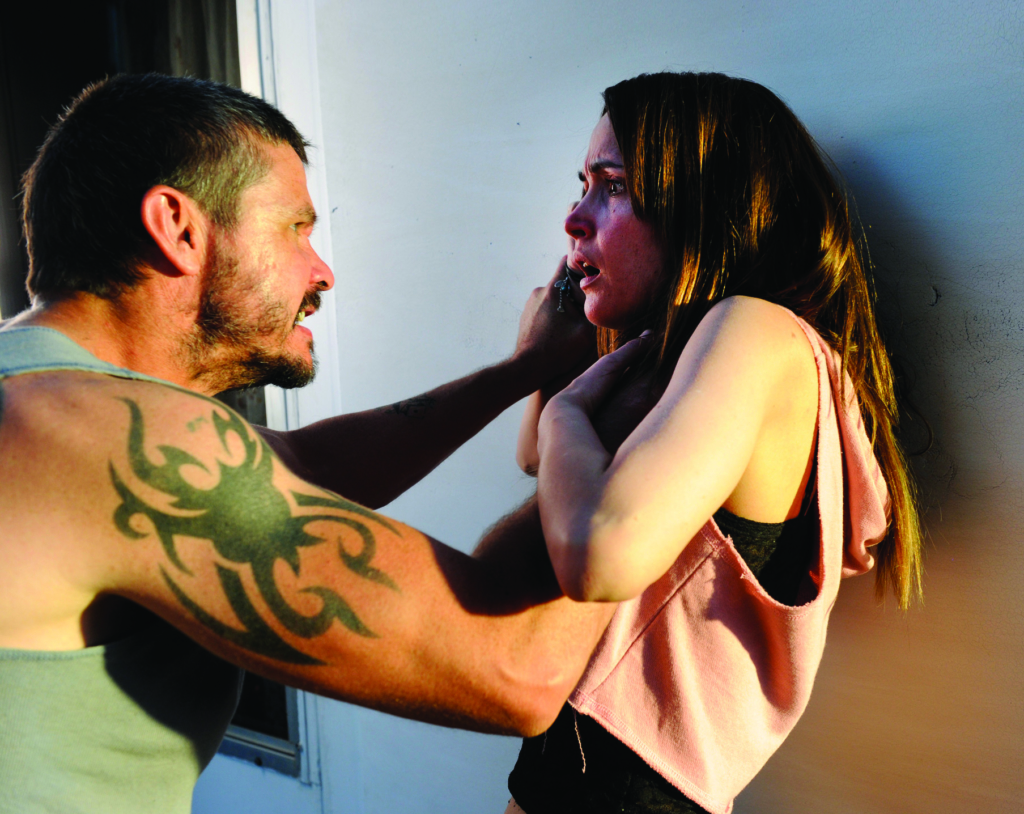
These connections between chapters give viewers a sense of cohesion despite the fragmentation, and act as a persistent heartbeat in what might otherwise feel like an arduous journey of extensive suffering in a small West Australian coastal town. But for the screen as well as for the page, it is the title chapter where the major themes truly crystallise. Rae (Rose Byrne) is simultaneously the weakest and the strongest character among Winton’s misshapen heroes and fallen saints. In the novel she is as hard as nails despite being complicit in her own trailer-trash cycle of abuse. Here, Byrne gives Rae a softness and a comic edge that makes her suffering more palatable for the middle-class audiences most likely to embrace the film. Her husband, Max (Matt Nable), though far from a kind or sympathetic character, is less menacing and cruel on screen than the man Winton had penned. Desperate to escape her troubles, Rae finds friendship in Sherry (Miranda Otto), a wealthy, happy woman whose husband (Myles Pollard) has just been appointed manager of the depot where Max works. Curious as to what it is that makes Sherry’s life so much better than her own, Rae, drunk one night after darts, turns up unannounced at Sherry’s house. Soon after, Rae discovers the Bible and begins her own inquiry into born-again Christianity and the power of God. Erring on the side of corny in its visual realisation of the ‘moment’ when Rae turns and lets God into her life – a moment Sherry had previously described as ‘like a hot knife going into me’ – this chapter is also the ‘turning’ moment for the film in its intended cohesive whole. Director Claire McCarthy (The Waiting City, 2009) removes much of the grit from this story but the sentiment remains: it’s never too late to let love and redemption flood in.
The final chapters are easier to digest after this pivotal encounter. Suddenly, everything has a bittersweet duality: brutal yet beautiful, strained but hopeful. Even the more experimental works become accessible following the realisation of eternal life. What Connolly has described as ‘a cryptic jigsaw puzzle of a book’[8]Connolly, ‘From Robert Connolly’, The Turning: A Unique Cinema Event, p. 5. now reveals a picture with at least a clear outline, even if some of the pieces appear as missing. The threads are there, but they’re loose. Yet what the film lacks as a cohesive whole on the one hand, it somehow makes up for with exciting free interpretation on the other.
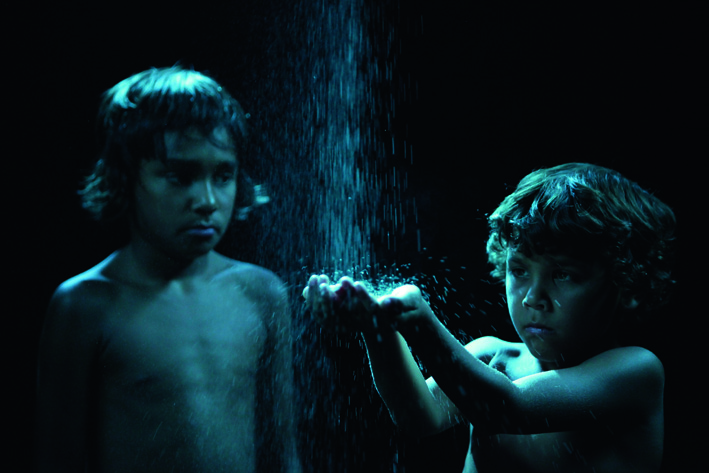
Looking back now, some time after having seen the film (and at its thirty-six-page high-gloss program, which I have kept), it isn’t difficult to see how Connolly has pulled so many loose threads together. With CinemaPlus, Robert Connolly has achieved what Tim Winton would have wanted: an afterlife for his characters.
http://www.theturningmovie.com.au
Endnotes
| 1 | Tim Winton, ‘From Tim Winton’, The Turning: A Unique Cinema Event, p. 6. |
|---|---|
| 2 | After two successful event films, Connolly has already embarked on his next project. CinemaPlus and Pick Up Truck Pictures (the production company of his long-time friend Eric Bana) have teamed up to co-distribute the Focus Features – Working Title Productions suspense thriller Closed Circuit (John Crowley, 2013) in Australia. The film was released nationally in December 2013. |
| 3 | Robert Connolly, quoted in ‘Julian Assange Film Underground in Cinemas’, media release, Asha Holmes Publicity, 2 February 2013, p. 1. |
| 4 | ‘Packed Cinemas for Opening Weekend of Tim Winton’s The Turning’, media release, Madman Entertainment, 30 September 2013. |
| 5 | ‘The Turning Passes the $1M Mark at the Australian Box Office’, media release, Madman Entertainment, 28 October 2013. |
| 6 | Calculated using the following ticket prices: A$25 for adults and A$23 for concession-holders, as at Melbourne’s Cinema Nova and Palace Cinemas chain. Note that the estimated difference is also based on relative ticket prices from these cinemas and does not take into account IMAX, Vmax, Xtremescreen or 3D add-on pricing structures. |
| 7 | Connolly, quoted in ‘Packed Cinemas for Opening Weekend of Tim Winton’s The Turning’, op. cit. |
| 8 | Connolly, ‘From Robert Connolly’, The Turning: A Unique Cinema Event, p. 5. |
